What can I do with the output position setting in UNI-Connect?
You can send the position solution and thus the location that the UNI-GRx produces to other electronic devices or software that supports the standard NMEA requirements UNI-GRx produces. You can send the NMEA string over Bluetooth, Serial, and Micro-USB which are explained below or just use the location internally. You choose how you work! Just click ‘Profile’ in the UNI-Connect interface.
Internal
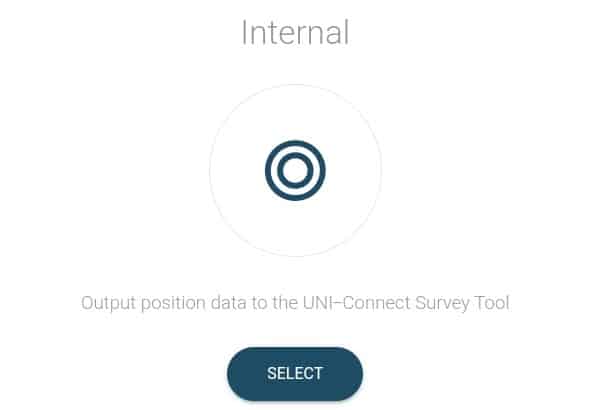
If you choose not to use an external device, with Bluetooth, Serial/USB, or cable, then you can use the Internal mode. Read our article: How to send the position out to the UNI-Connect Survey tool? to understand why you should use it when you want the UNI-Connect on the tablet only, and not an external device. If you want to receive the data on an external device, you have to select one of the other options in your profile.
Bluetooth
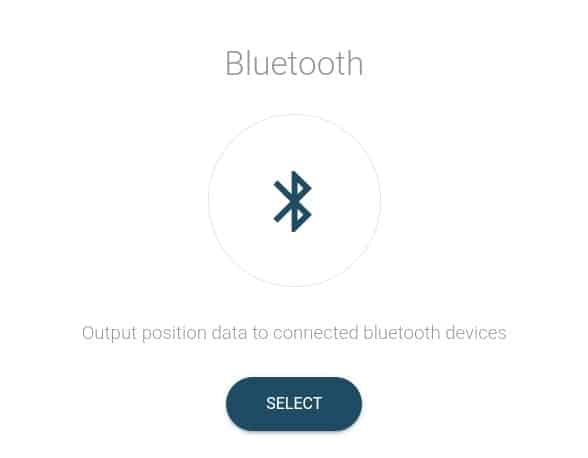
You can use the Bluetooth connection of the UNI-GRx to transmit NMEA messages from the UNI-GRx to an external device. For this process, you need to have compatible software on your external device that can understand the NMEA messages. You can completely change the NMEA string to your liking, check more about that below or in this article.
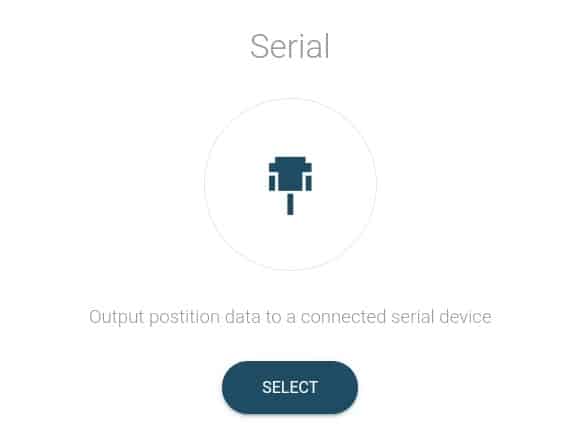
You can also use a serial connection between the UNI-GRx and the external device. The serial cable needs to be plugged into the 12-pin plug underneath the UNI-GRx. For the pin-out of the 12-pin plug and cable, check this article. To get a proper connection, you need to set the correct baud rate as specified by the external software or hardware you are using. This says how many bits of information are transferred over the cable per second. You can completely change the NMEA string to your liking. Check more about that below or in this article.
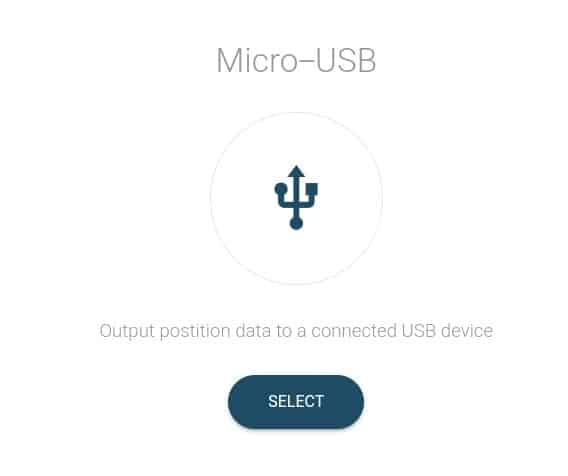
By using Micro-USB, you can simply plug in the USB-cable in the UNI-GRx and connect it with your desktop, laptop, or any other device. You need to use the right software with the correct settings to see or use the messages produced by the UNI-GRx. To get a proper connection, you need to set the correct baud rate as specified by the external software or hardware you are using. This says how many bits per second are transferred over the cable. You can completely change the NMEA string to your liking, check more about that below or in this article.
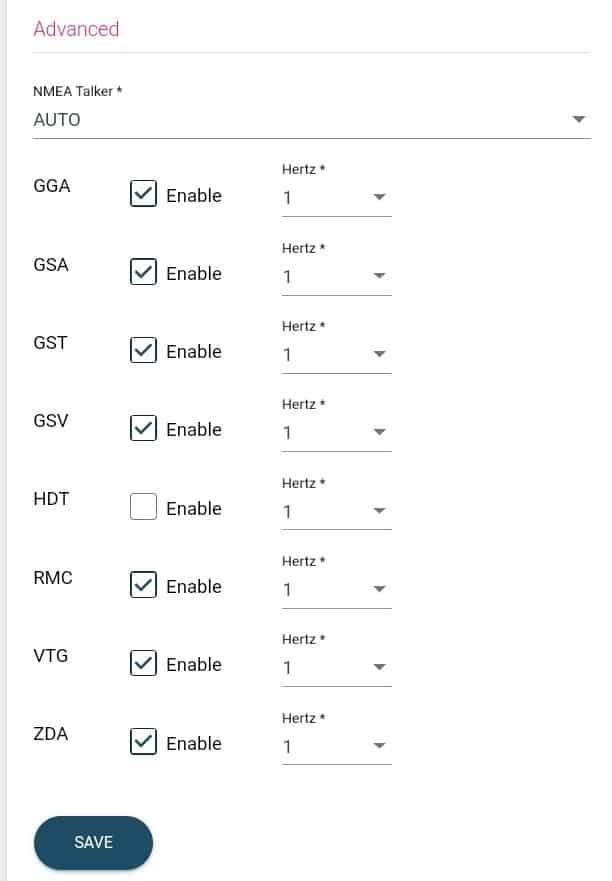
By using an external device, you can optionally set the preferred configuration that enables or disables the NMEA messages you want to receive to your external device. Here, you can also select how many intervals (hertz) you want per second. Read more about NMEA here.
